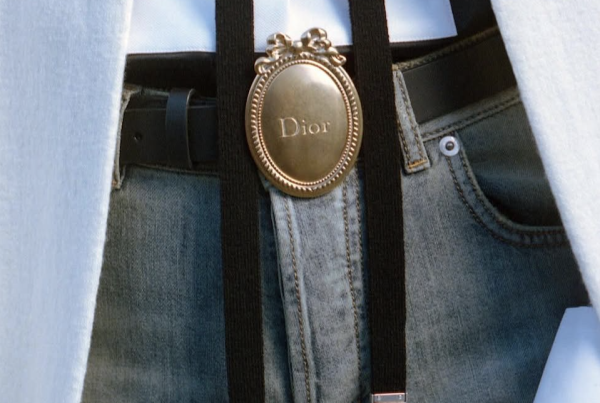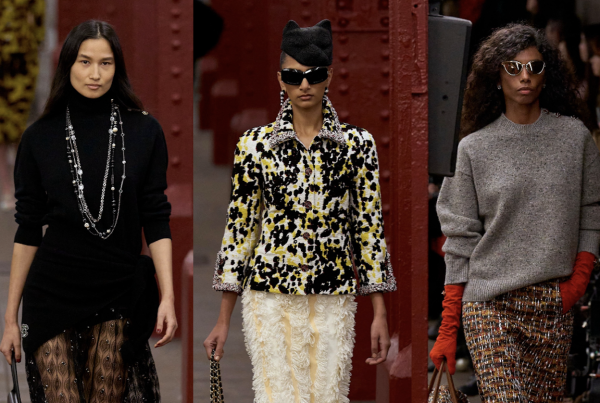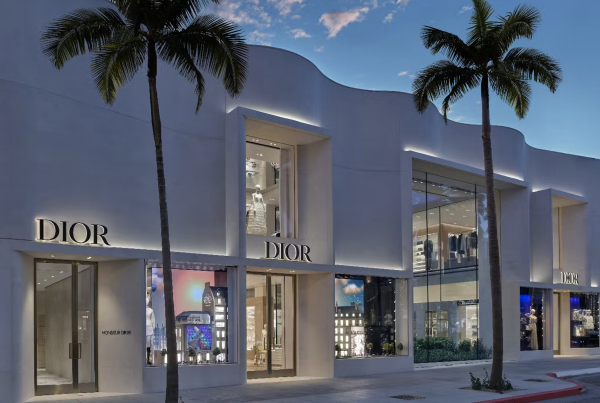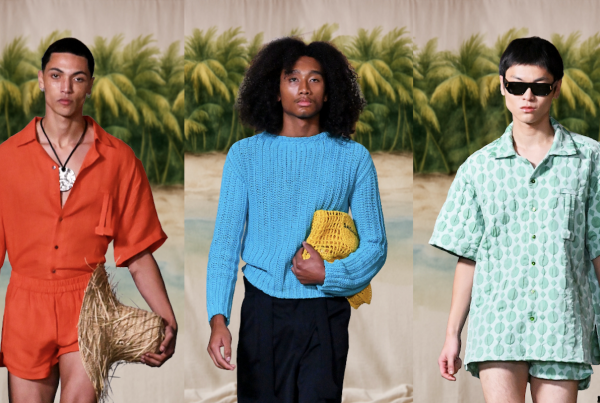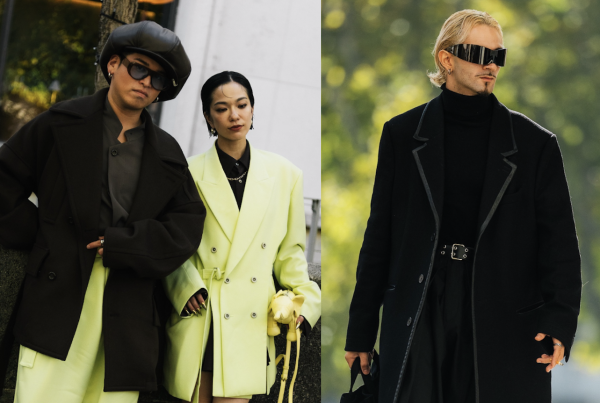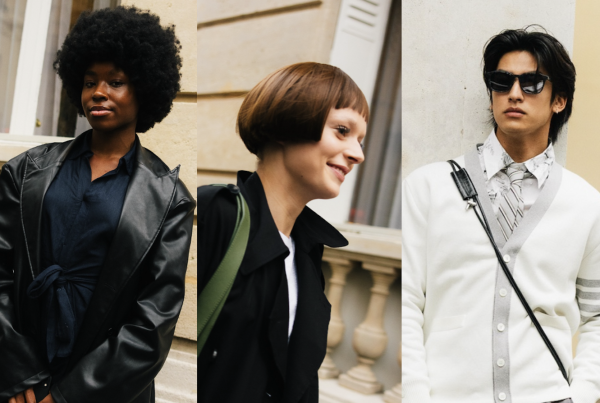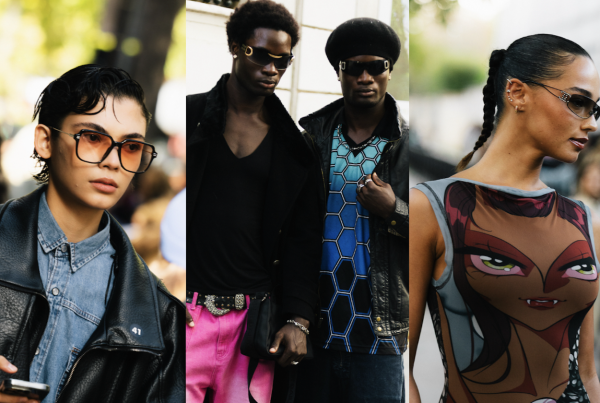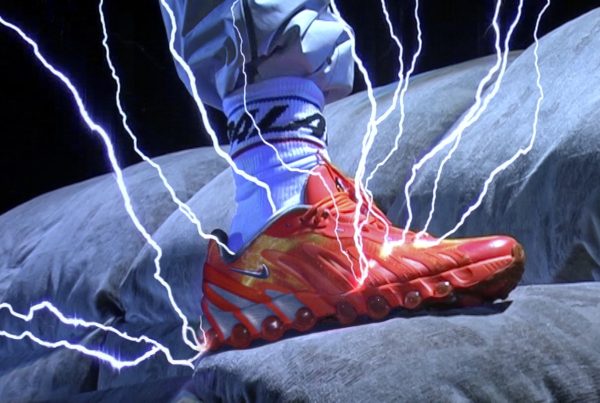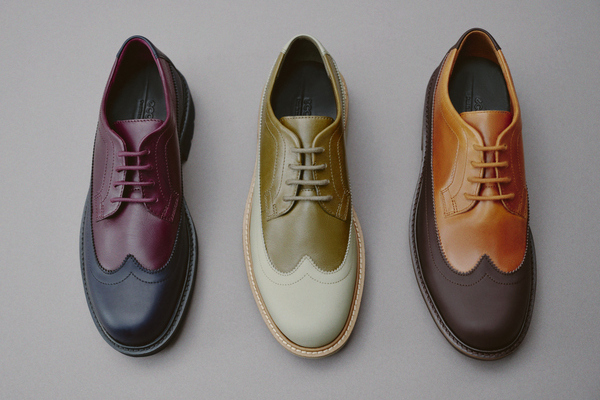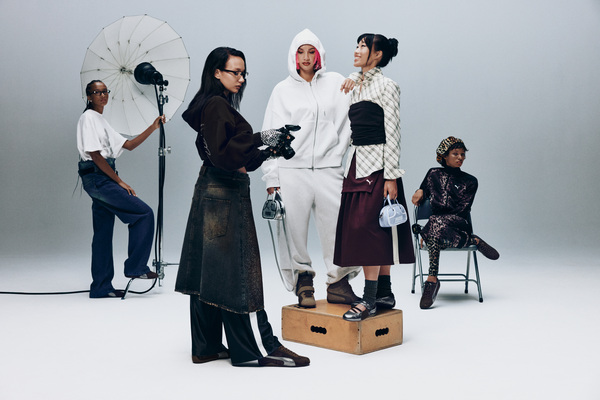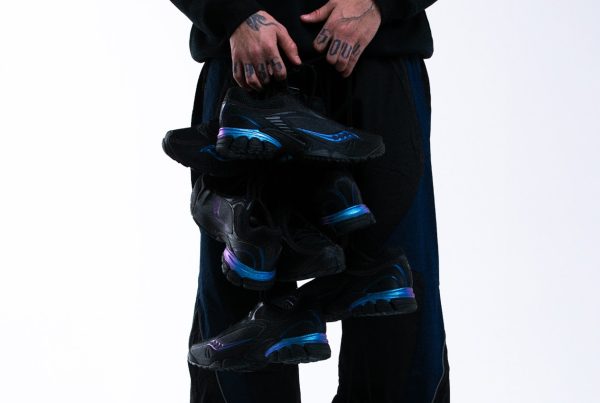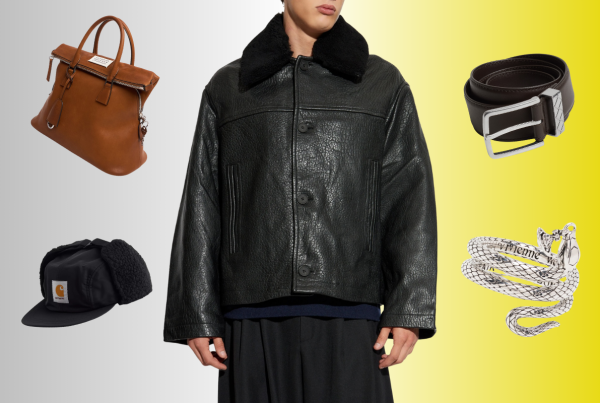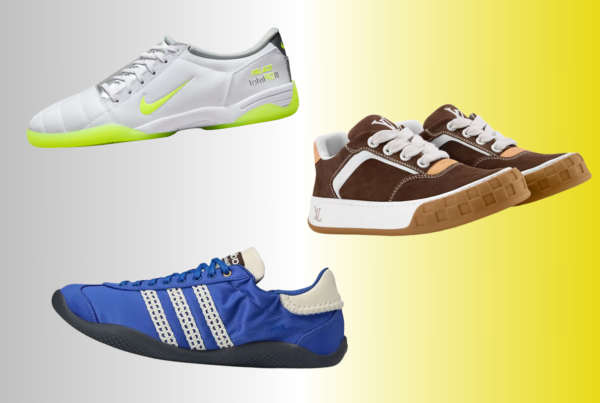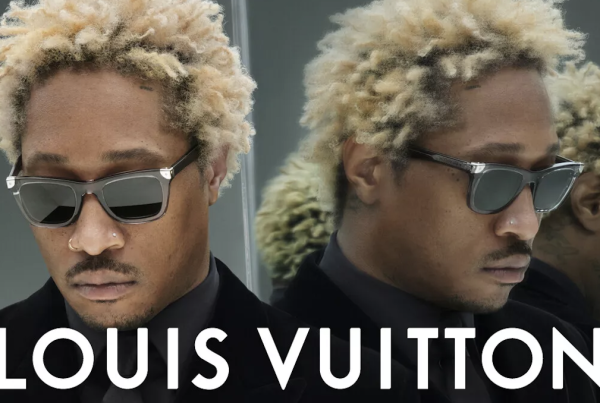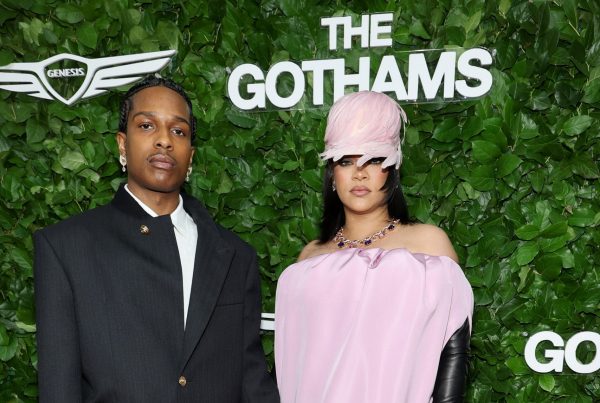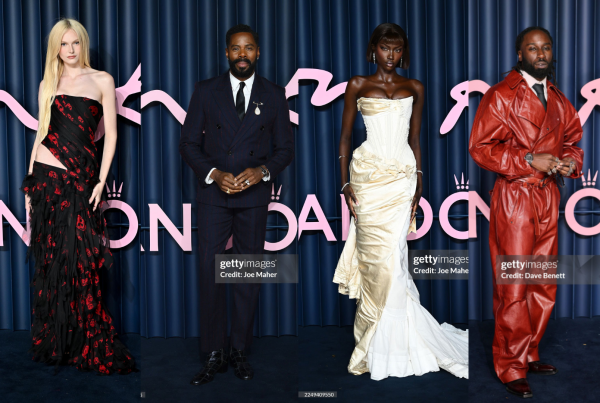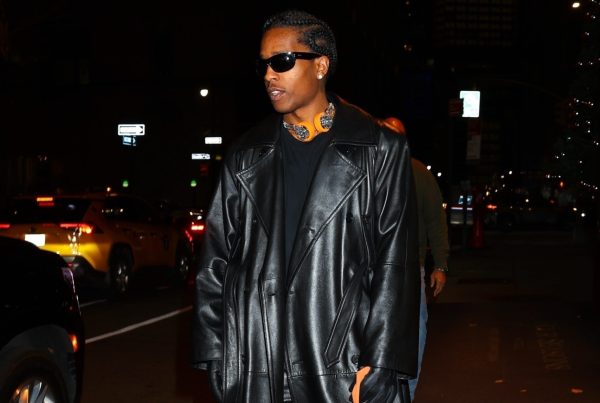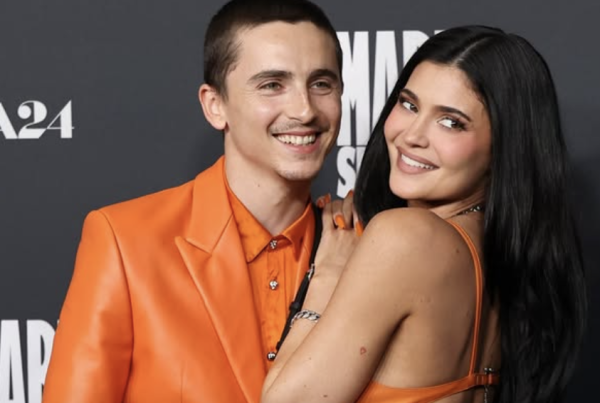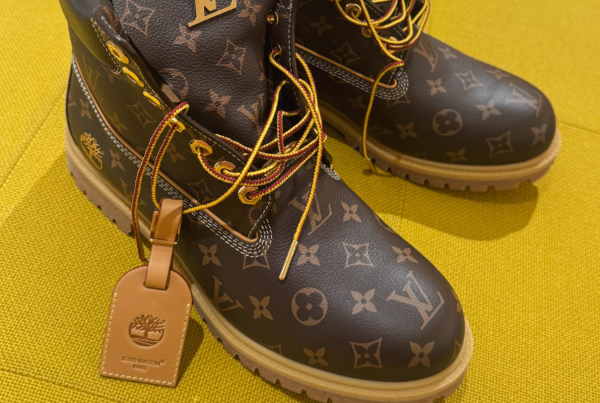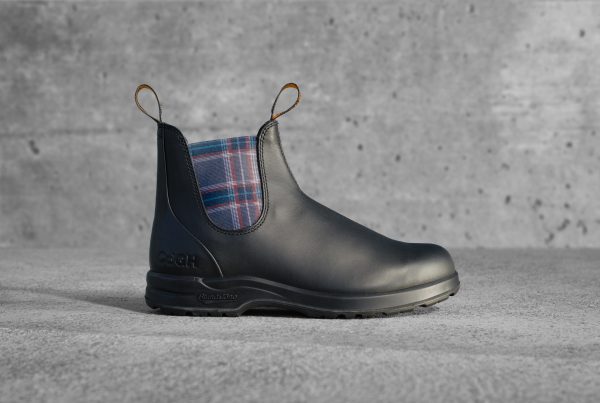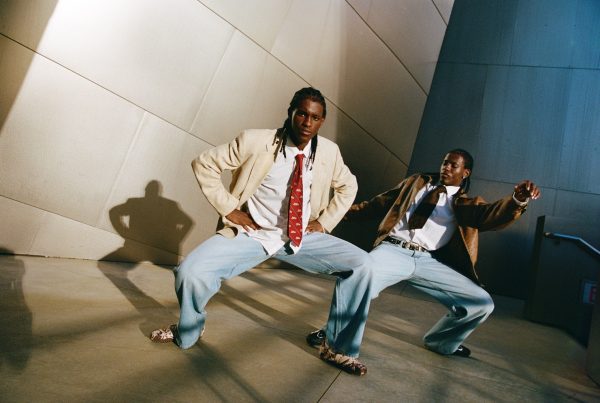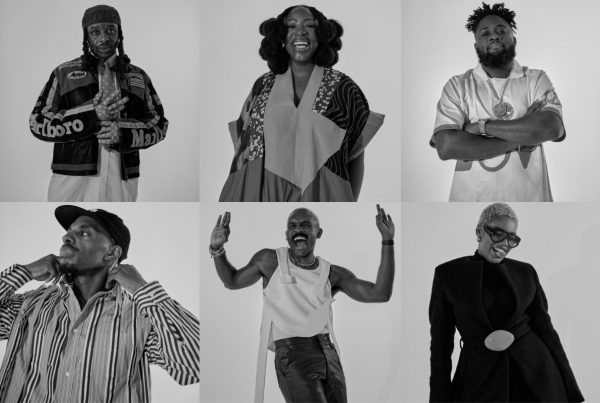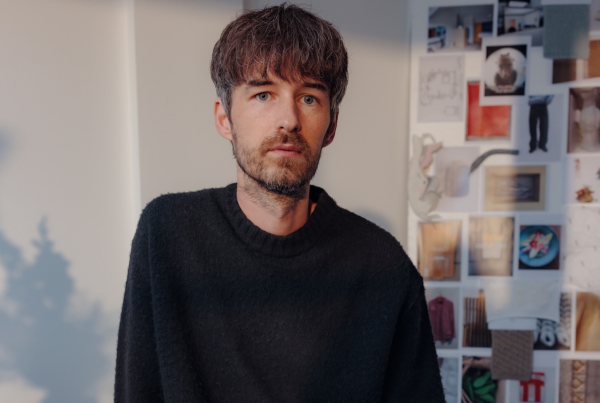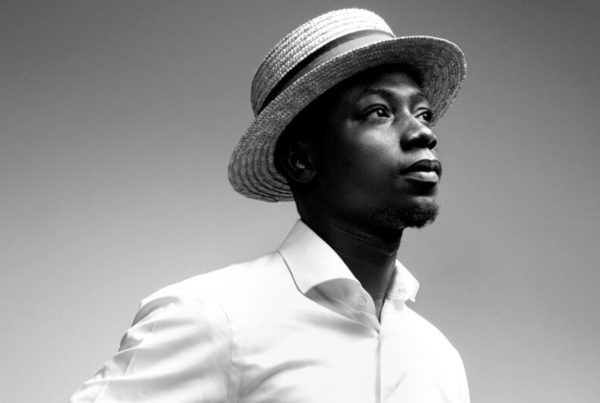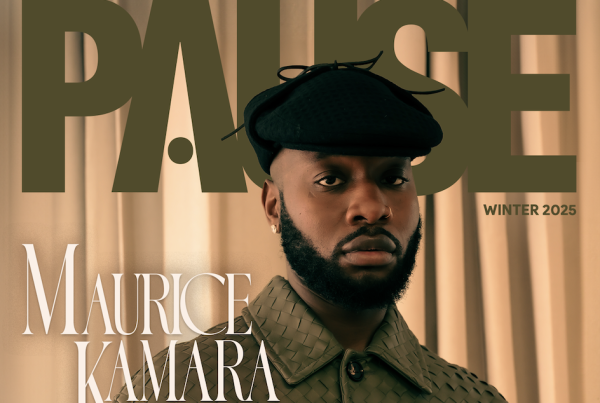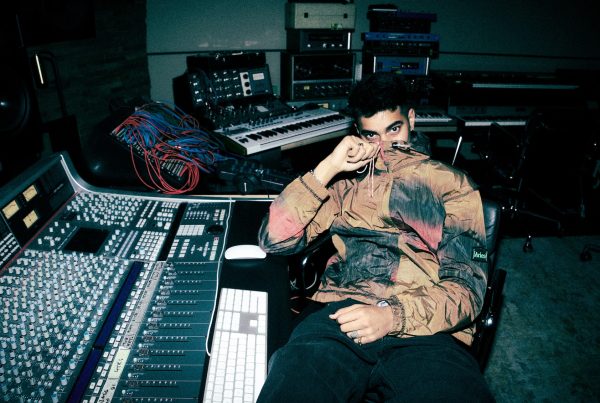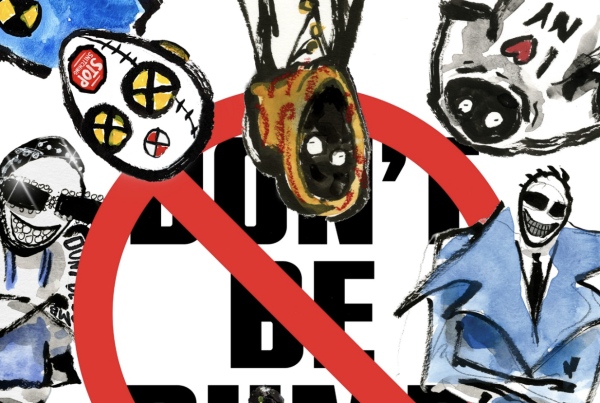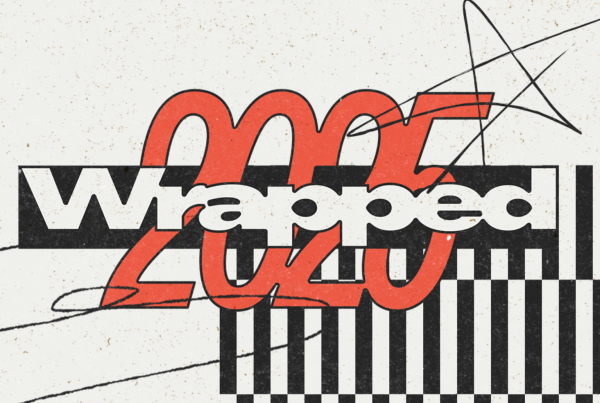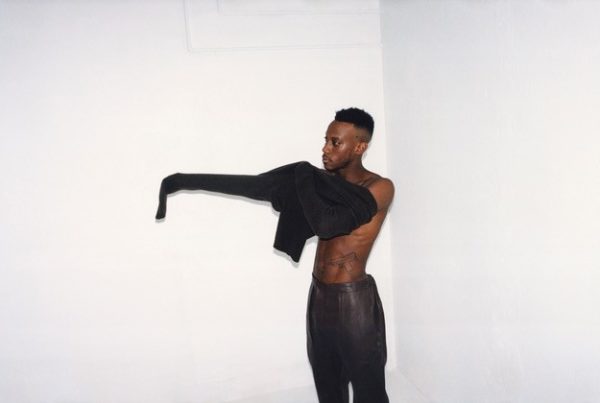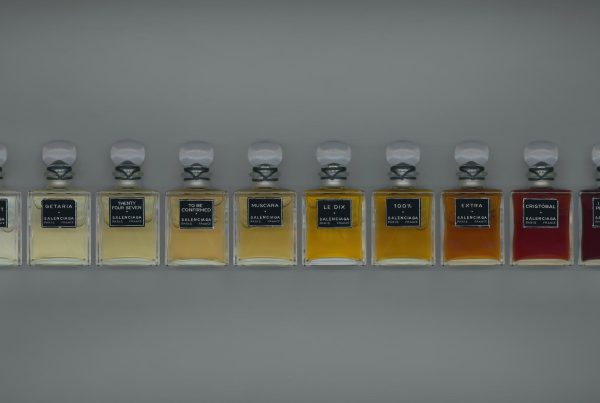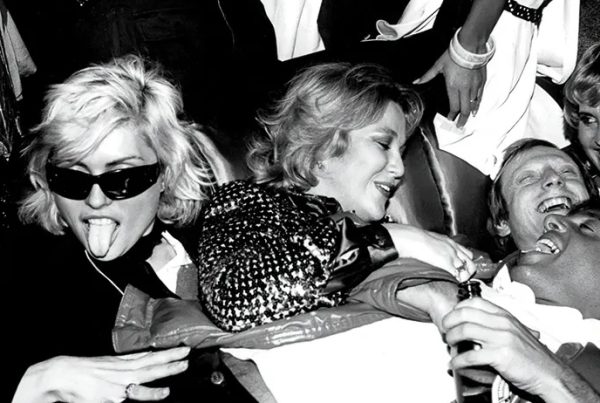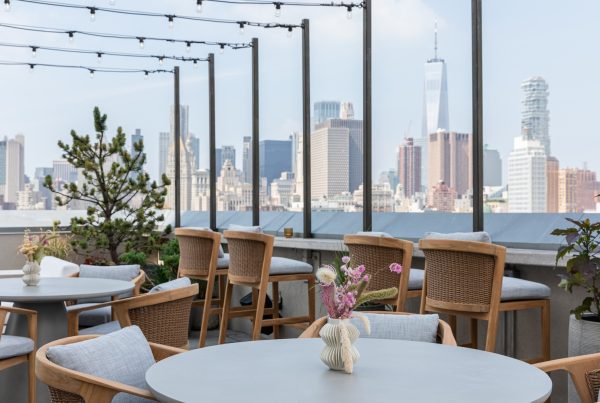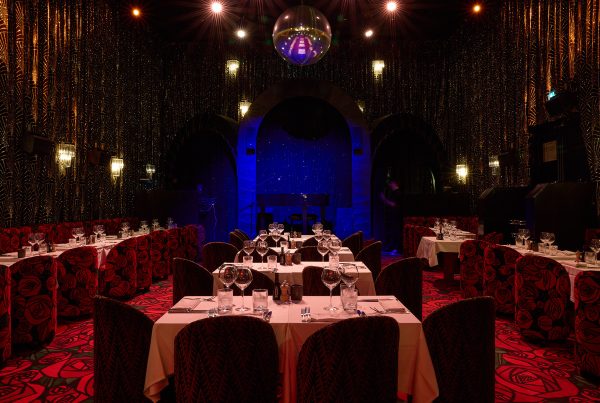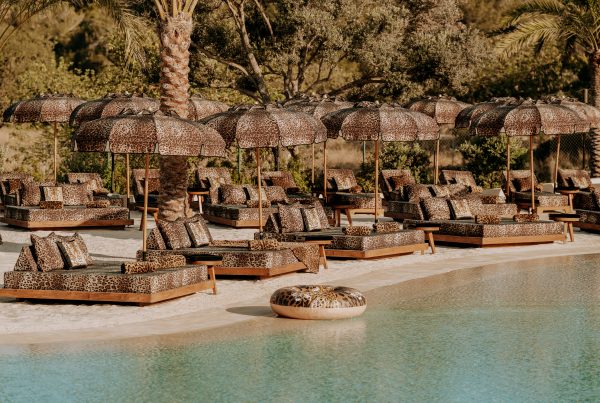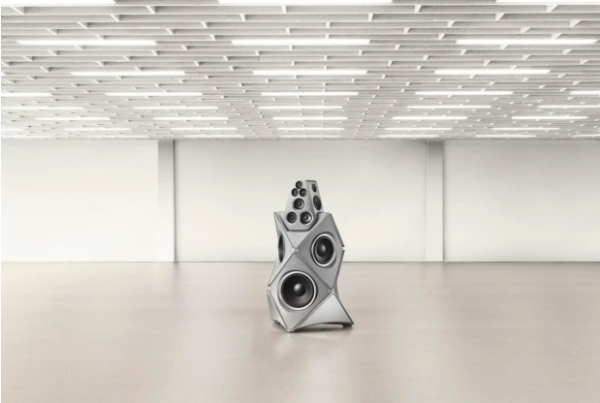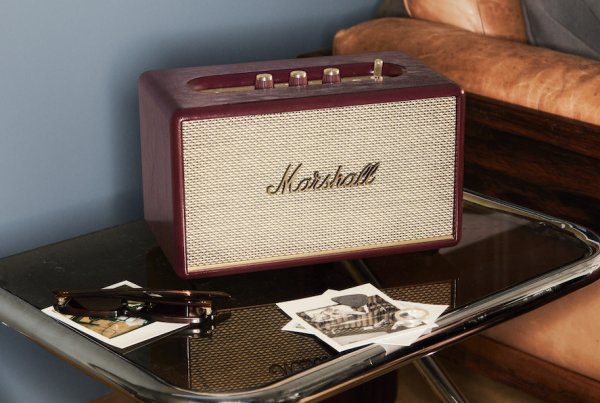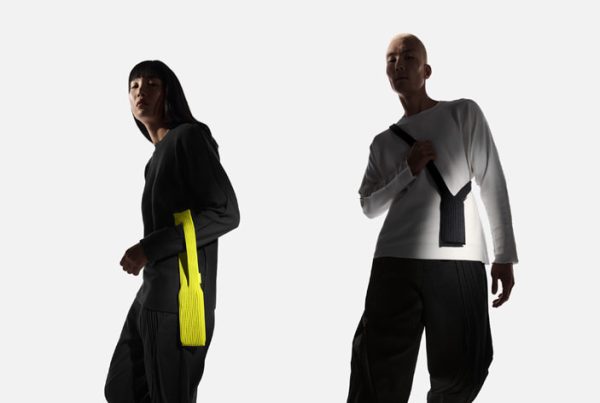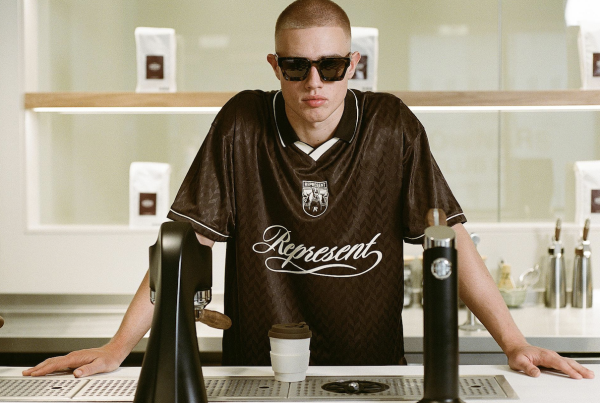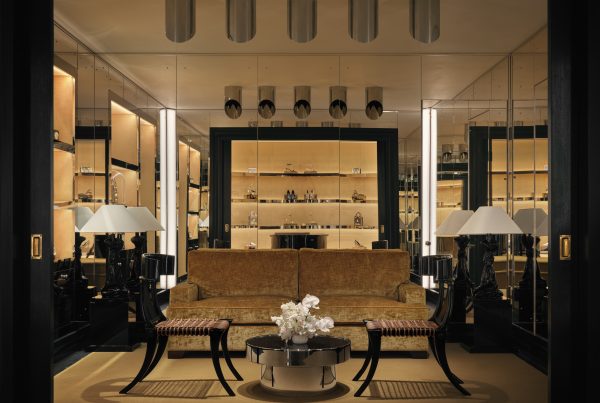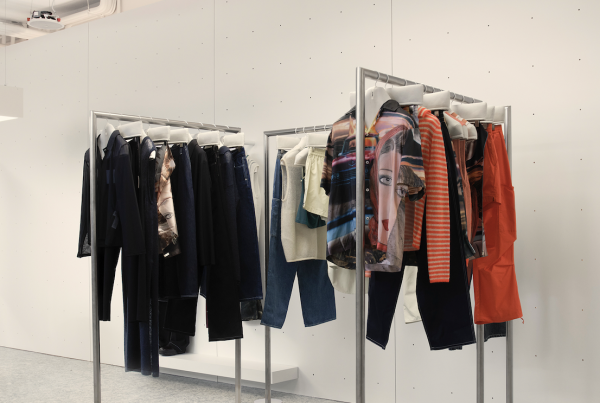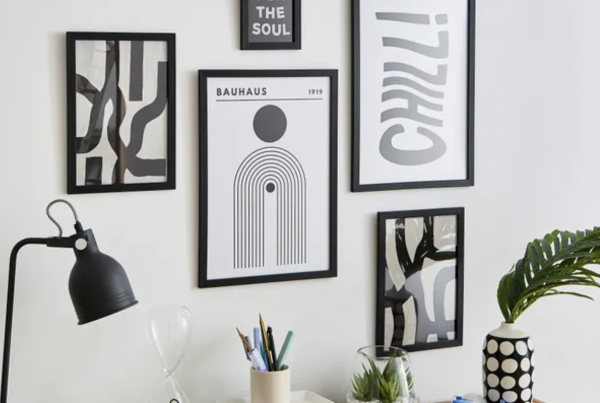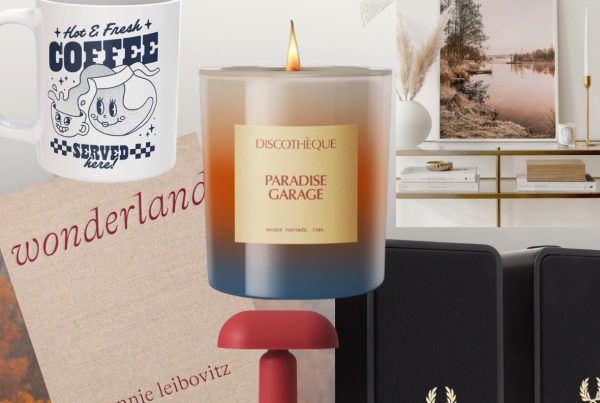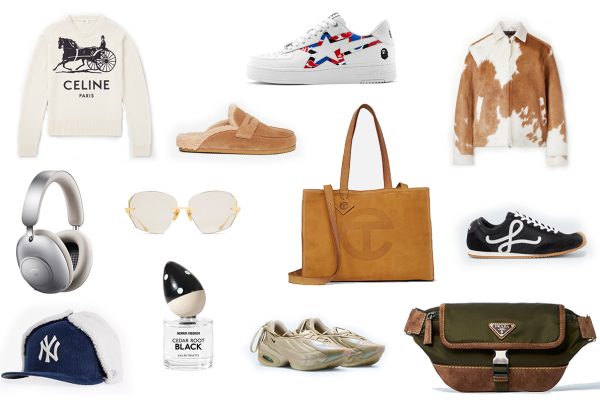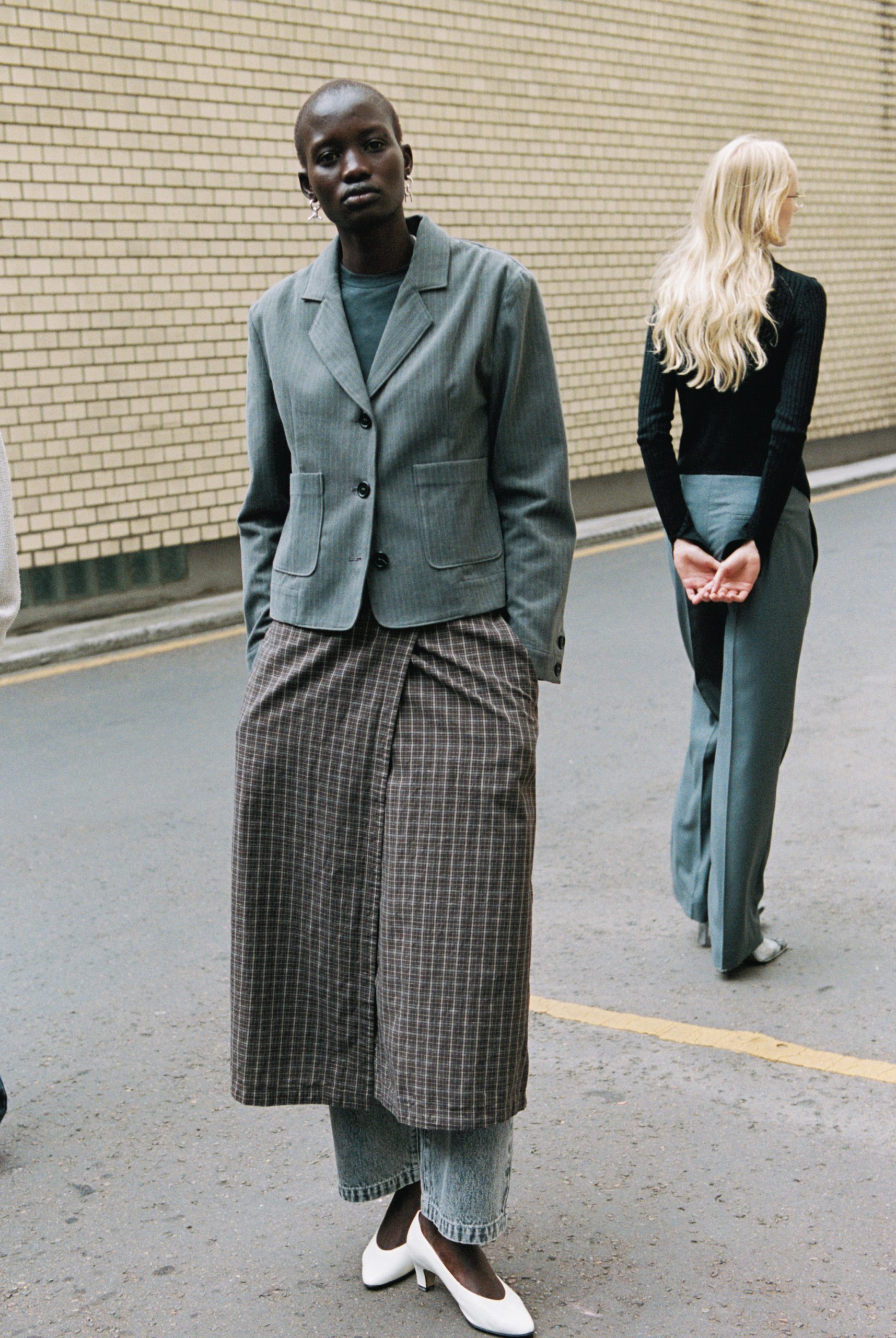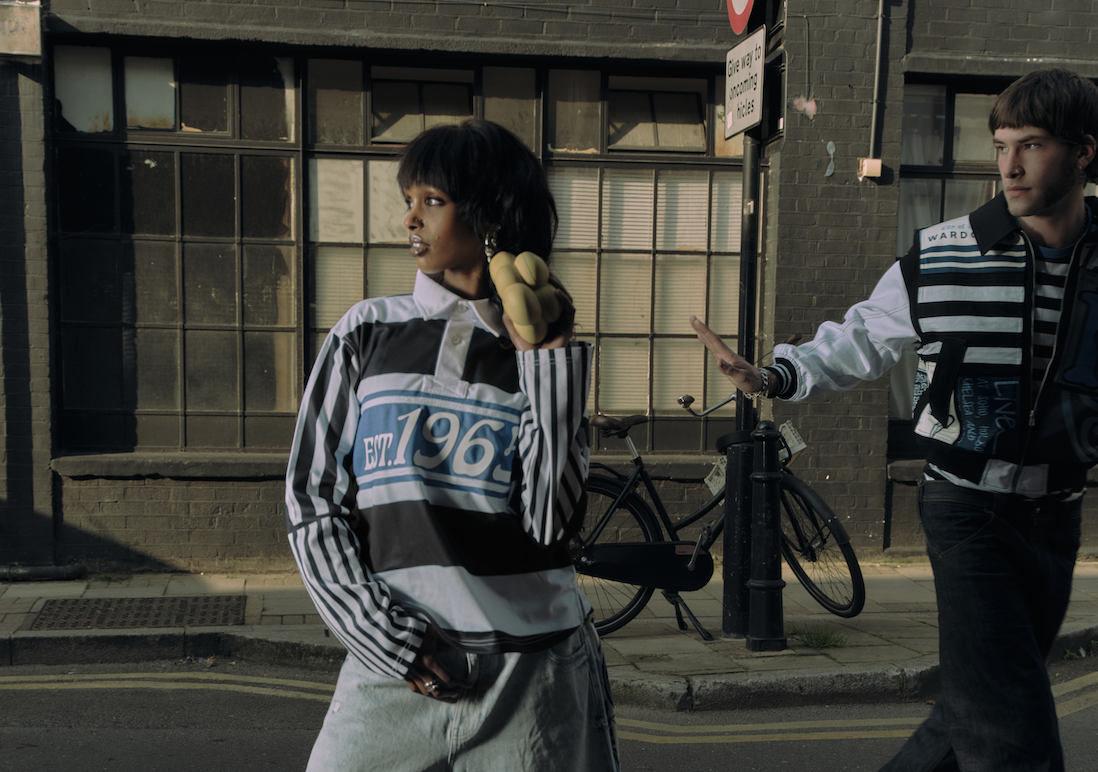Sigurd Bank of Mfpen
“Counterculture notions with a bit of edge.”
With structured menswear moving to the mainstream, Mfpen is doing its part in transitioning cosy boys into the world of tailoring. Founded in 2016, the brand curates Scandinavian-influenced menswear while timelessly blending classic takes on suiting with nods to subculture.
Originally, the brand was a small side project founded by Sigurd Bank who noticed the sheer amount of dead-stock fabric left behind at larger production companies. Through meticulous sourcing and a slightly avant-garde approach to menswear design, the brand has positioned itself as a new shining light in the fashion space, all while remaining under the radar.
PAUSE Magazine sat down with Sigurd Bank to discuss how the brand came to be, the benefits of using dead-stock, and how Mfpen may change if they end up winning the LVMH prize fund. Read the exclusive interview below.
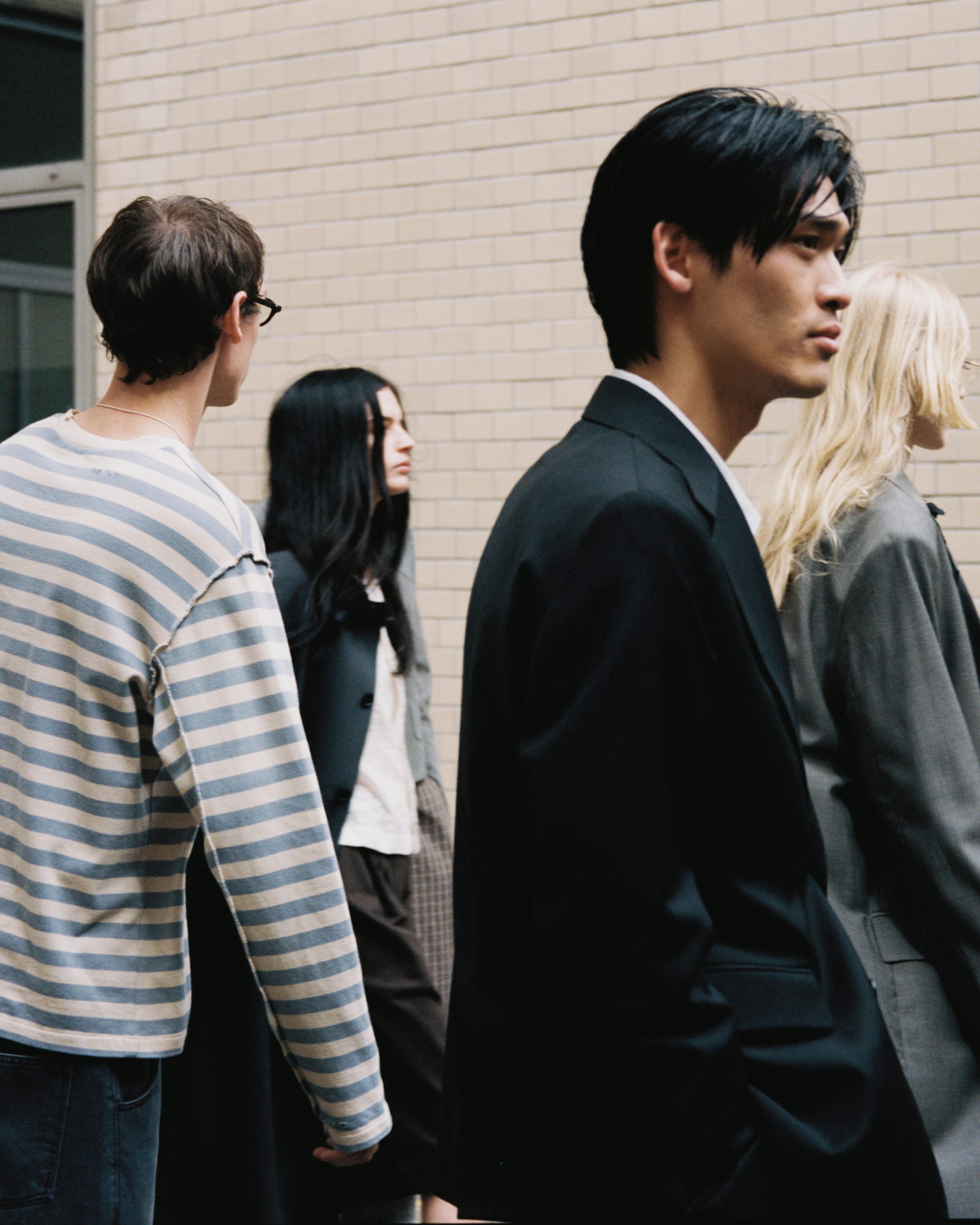
For the uninformed, can you give me a bit of a back story on you and the brand?
I initially studied production. I didn’t study design, but manufacturing and sourcing, so that’s my professional background. After I finished, I started working for different companies as a designer, within production and design. I would visit suppliers and see vast amounts of dead-stock just lying around. This was almost 10 years ago when dead-stock wasn’t that big of a thing. Now it’s a buzzword. I would ask them if I could use what was left over, which wasn’t much.
So that led to me starting Mfpen, which at the beginning was just a small project I was doing on the side. Then it started to get bigger and bigger, which wasn’t the mission from the beginning. In all honesty, the mission from the beginning wasn’t to use these deadstocks in a responsible or sustainable way. It was more because it was easy and available. Then it came to me, that we could actually make something good out of this.
That became the mission, later on, to use a lot of deadstock. So we buy a ton of deadstock, which we calculated on the low side around 350 kilometres of fabric, but probably way more.
And what sort of aesthetic does the brand curate?
When you work with dead-stock, you work with what you have and can find. The easiest task was finding suiting and shirting fabrics, so naturally we leaned towards that, of course, mixed with my personal style. It’s based on a lot of traditional European tailoring, then we recontextualize garments within menswear. Then we put a counterculture notion to it with a bit of edge. It was nice to take the clothing out of its context. Like a banker or businessman would wear these suits, so we would create what they would wear in a different context.
Utilising deadstock fabric is a massive part of the brand. For a layman, what does using a deadstock fabric versus a regular fabric change in terms of garment construction?
In terms of garment construction, there’s actually no difference. It impacts the way of thinking more. So it informs collection construction, like if we only have 60 or 120 metres of fabric, we could never do a suit out of that because it’s way too little. But, if you have low amounts of deadstock, we could maybe do shorts, because the consumption is lower. You have to think about it more that way if that makes sense.
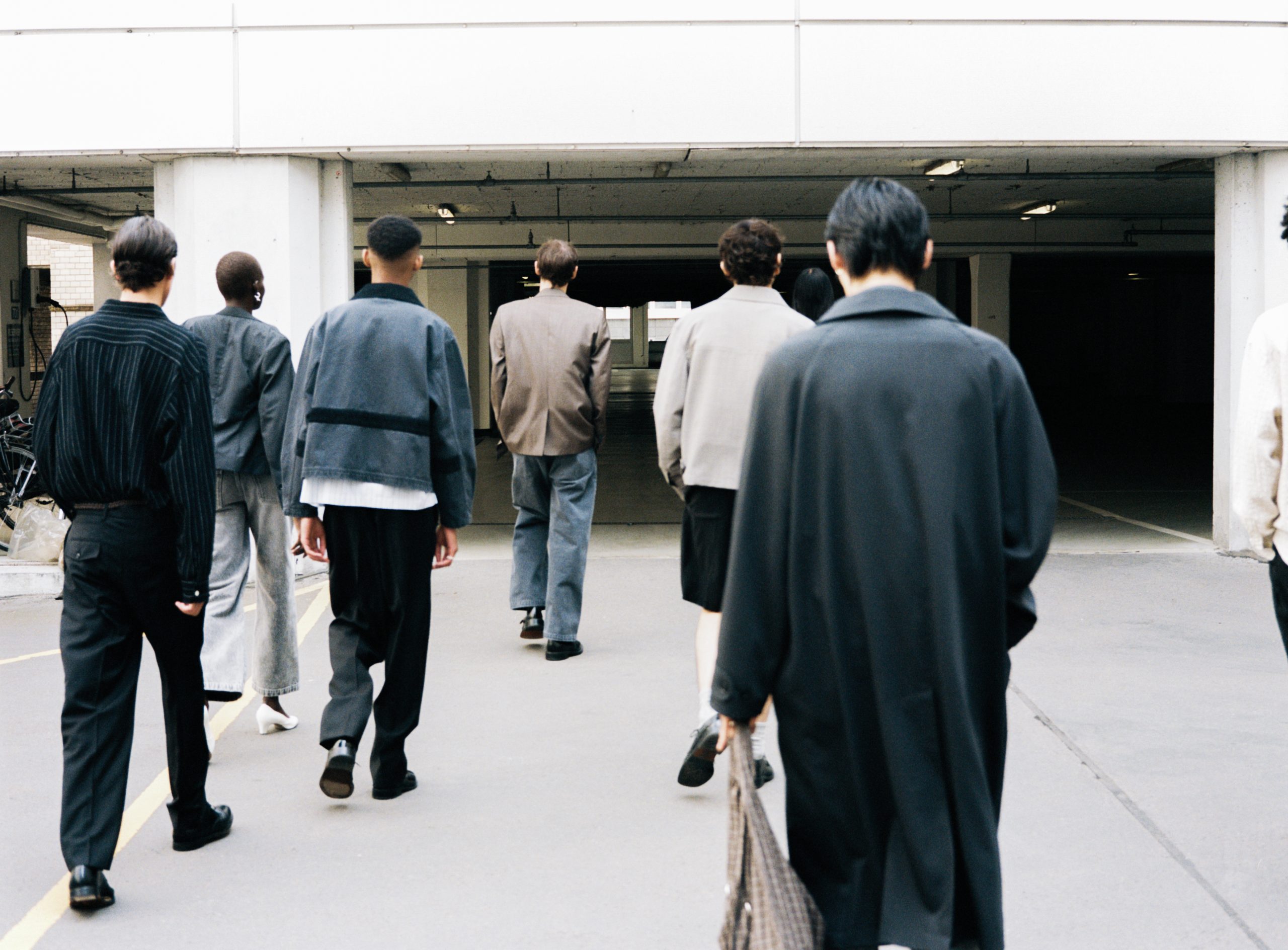
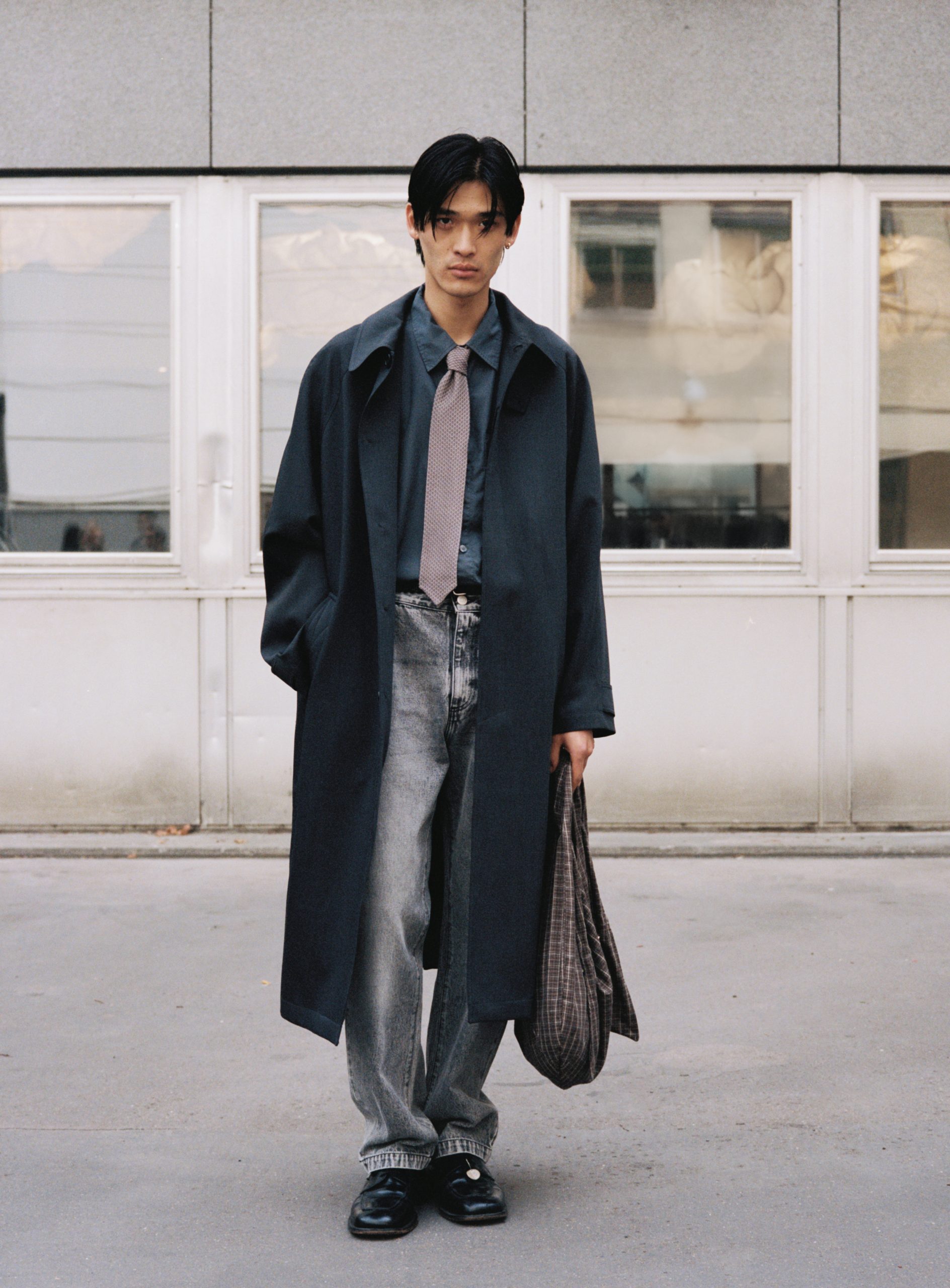
“When I was a kid, whenever my favourite band got played on the radio, it wasn’t my favourite brand anymore.”
At the moment, there are a ton of key players in the menswear space from Scandinavia, like Mfpen and Our Legacy. Why do you think that area produces so many terrific menswear makers?
We often get compared or sometimes criticised for looking like Our Legacy, which for me, is a bit b*******. We both do quite traditional menswear, and the Scandinavian way of looking at clothes is quite subtle. The Scandinavian benchmark is very low-key, very classic, and I don’t like this word much but minimal. It’s not shouting, it’s not bombastic in any way.
That’s our way. I think it attracts a lot of people because years ago we had the big logos and a lot of colour, and all that shit. But I think it’s always been really lowkey. It’s about you wearing the clothes, not the clothes wearing you. It’s also about the quality we use and the fits we have. The feeling you have wearing our clothes is different.
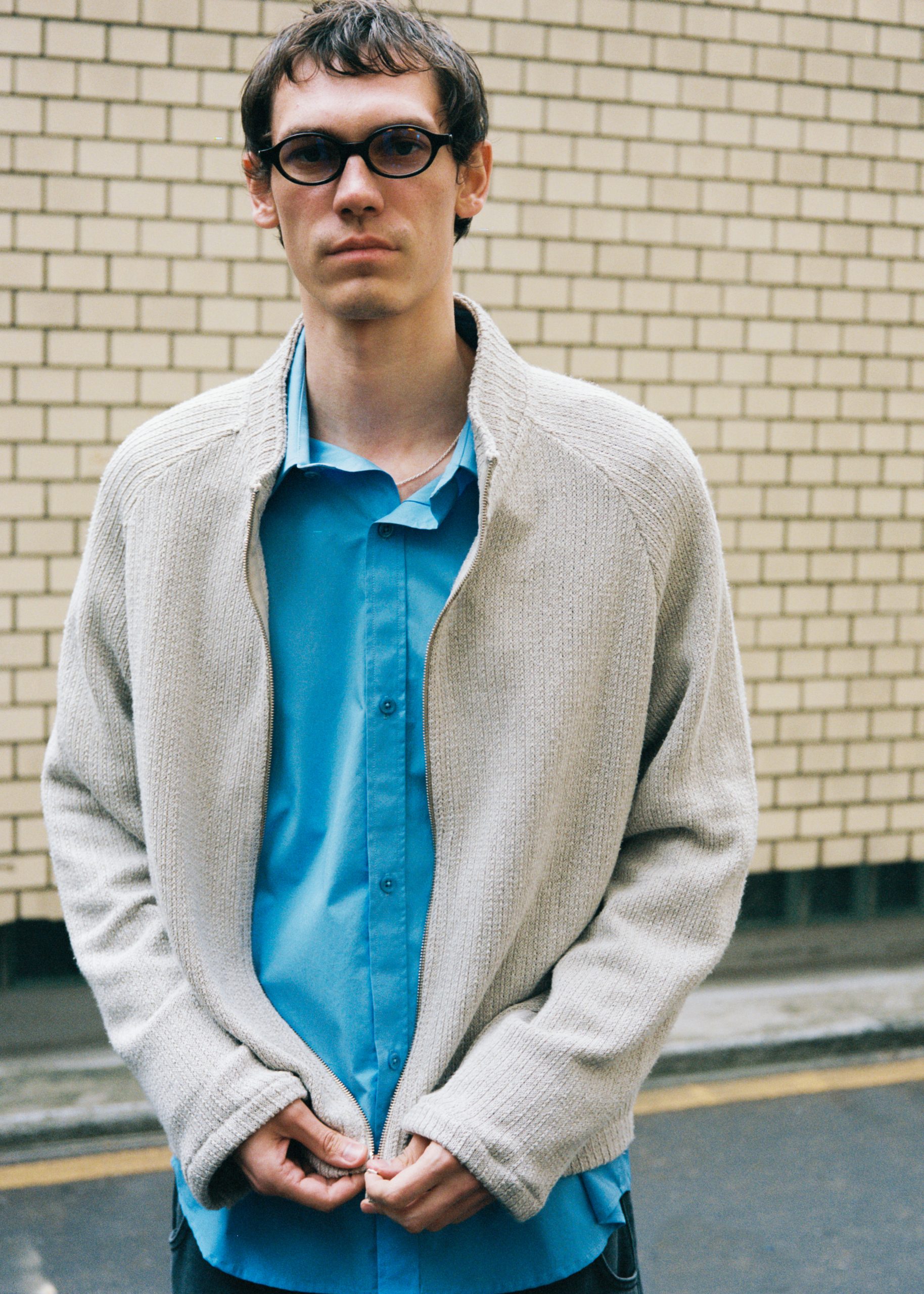
Recently, you were named an LVMH semi-finalist, so congratulations on that. Do you remember where you were when you received the news?
Yeah, I was on the toilet, haha. I’m kidding. I was in our showroom in Paris. The weird thing with the award is that we’re the most established brand on the shortlist this year. So when they called me, we were full-on, like 70 meetings in six days. When they called, I was more or less like I know what you’re calling for. They repeated that I was nominated and asked for my reaction like they wanted me to react again. I found out that they did a reaction video of all the brands hearing the news, but my headspace was elsewhere.
I read on the Throwing Fits page that you wanted to open a store in New York if you won the prize money. Is that still the case?
No, so that was because I became friends with James and Lawrence, so I was joking with them cause they wanted some funny answers and I was being a bit cocky. We opened the shop in Copenhagen last August and it’s doing really, really well. Just having your own space, it feels like you have the clothing, the main products, and then you have the imagery. It creates its own vibe. I think it would be nice to have another store somewhere.
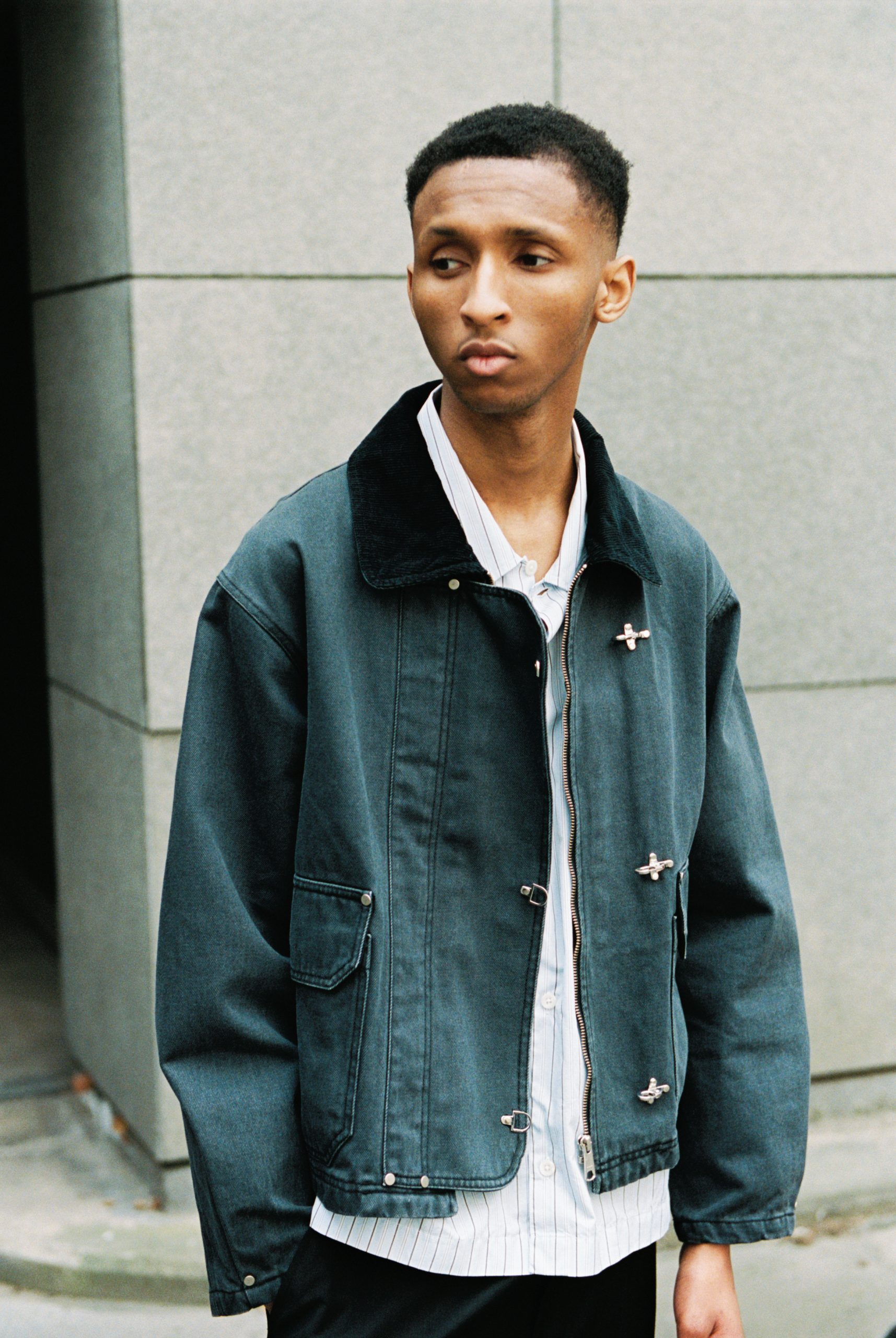
You’ve often described the brand as being a little bit in the shadows, and it’s something you like. Why is that the case?
When I was a kid, whenever my favourite band got played on the radio, it wasn’t my favourite band anymore. I think there’s something nice about being slightly hidden from the mainstream. I’m not saying we’re trying to be in the shadows, but we’re also not trying to be mainstream. We don’t want to be this big billboard brand. I always compare it to having a band. I don’t need to play stadium concerts, I would prefer to be closer to the audience.
As we move away from a post-core and trend world, why do you think it’s important that Mfpen continues to make timeless garments?
We don’t think about that stuff so much, it’s more about instinct. We don’t analyse the market and this core here or there. We do whatever we feel like doing, and stuff that’s personal to the people in the company. We love a striped shirt, so we make a striped shirt. These things are considered timeless but we’re also a personal style company.
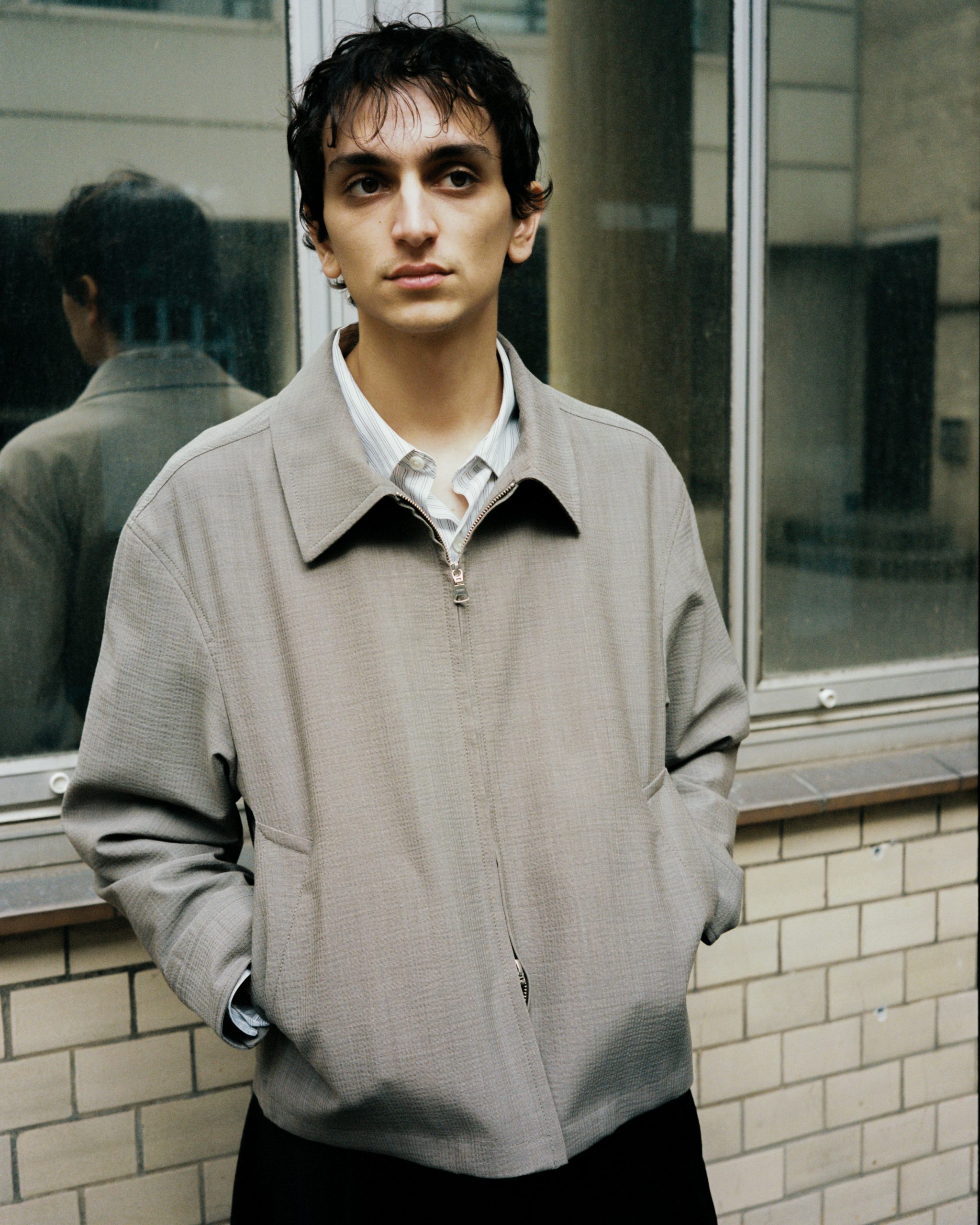
I think the phrase minimal yet elevated is a buzzword in the fashion industry and can be a copout when describing clothes. When you’re designing clothes, how do you create pieces that stray away from that?
I think there are two things. The choice of fabric and fit is always ours. For example, we have a single breast blazer which in my opinion, is the perfect fit. It’s not contemporary or anything, it’s just a classic tailored blazer. It comes down to the fabric selection and styling to make it right. Something like a stonewashed shirt, and showing people how intricate the fabric is. You can take historical references from a dress shirt, and put these small details on it to create an image. The issue with minimalism is that a lot of the time, that word just describes removing stuff. We don’t do minimal, we just don’t add extra bullshit. It’s more exaggerated.
Just a final question to close us out. Where do you find inspiration when creating?
When you’re creative, it’s a constant process. Like I just saw an older lady in the street wearing a super nice knit so I took a photo. I try to stay away from Pinterest and all these things because so much is done already. I love watching movies and taking photos of the screen, then looking at musicians to see how they dress.


